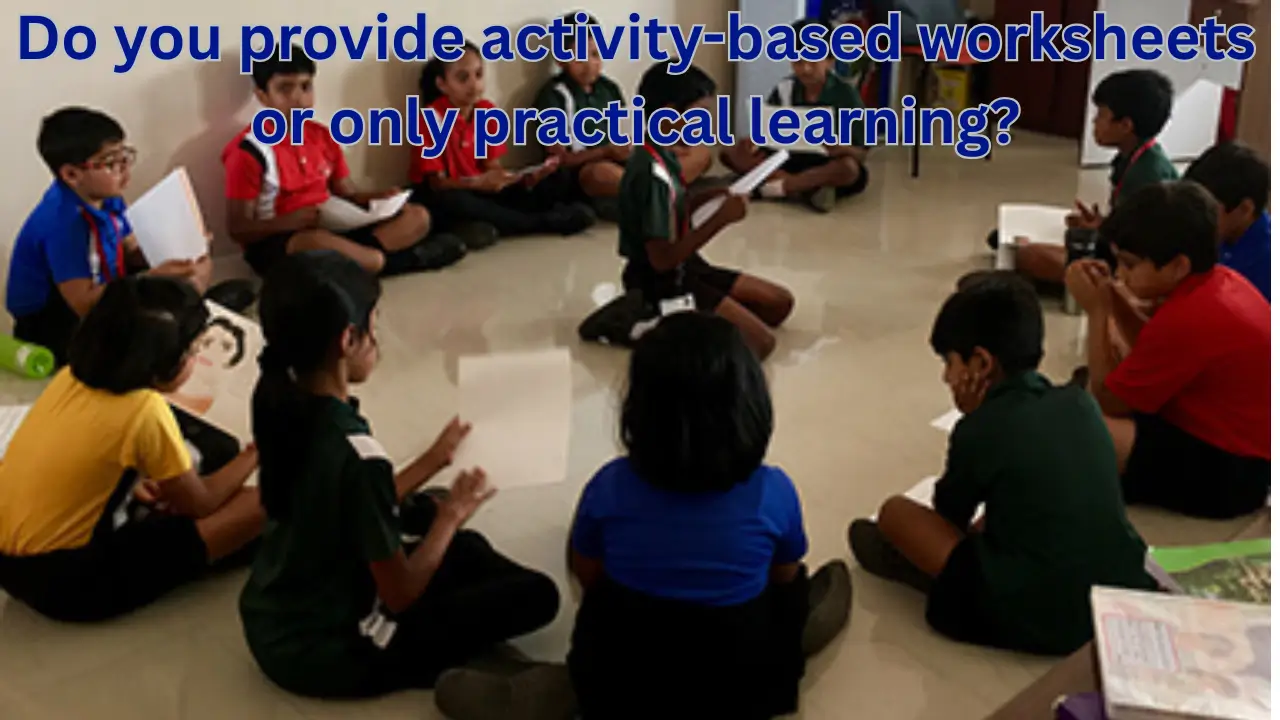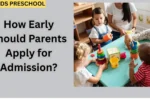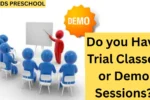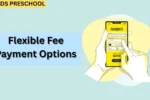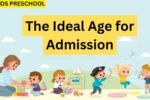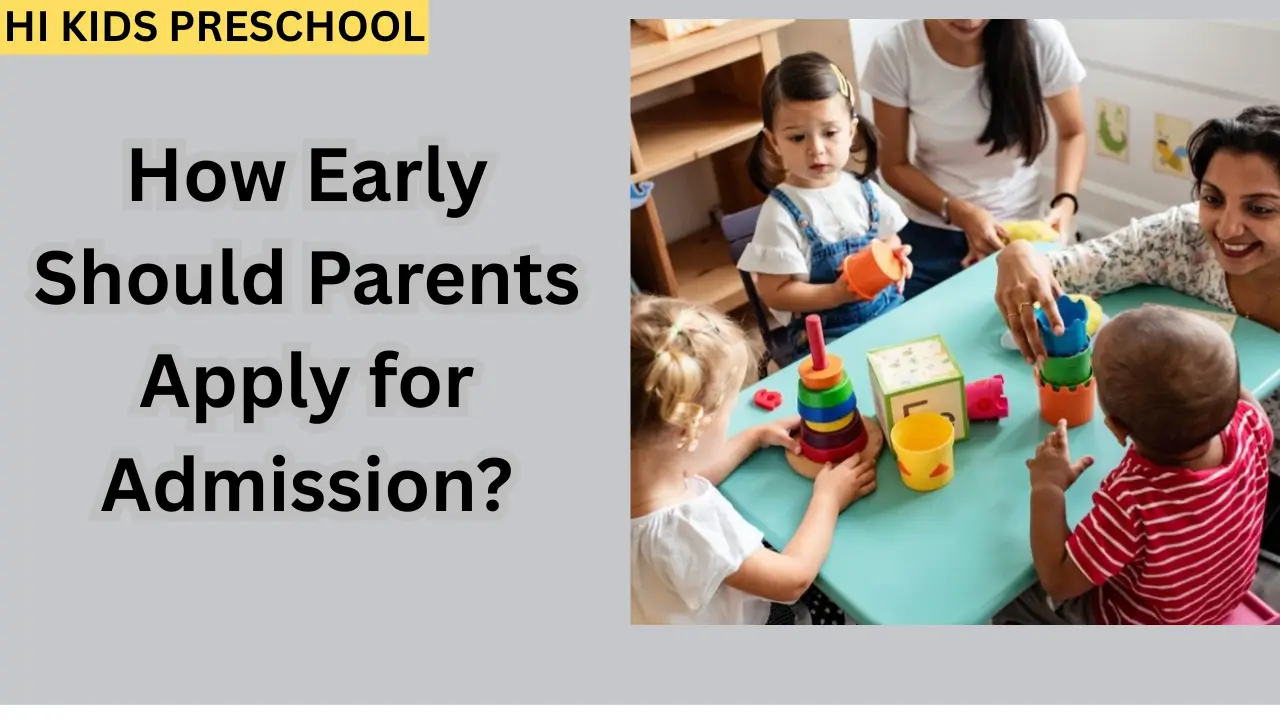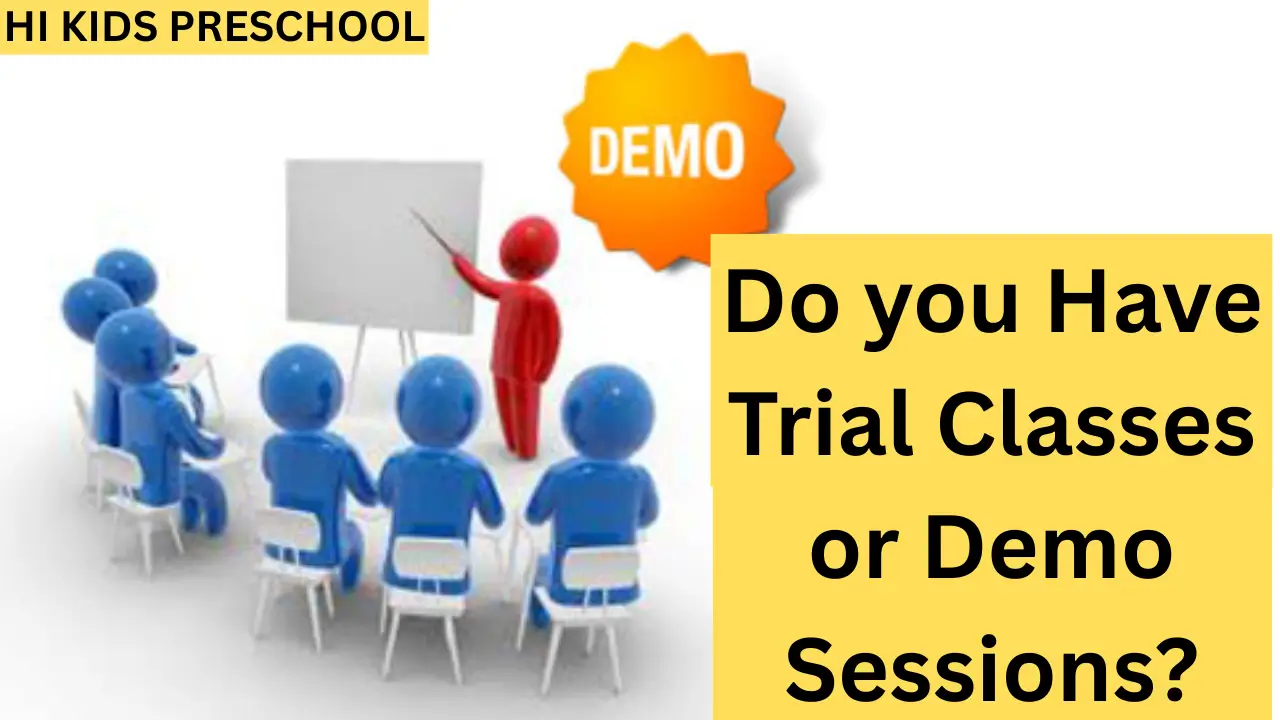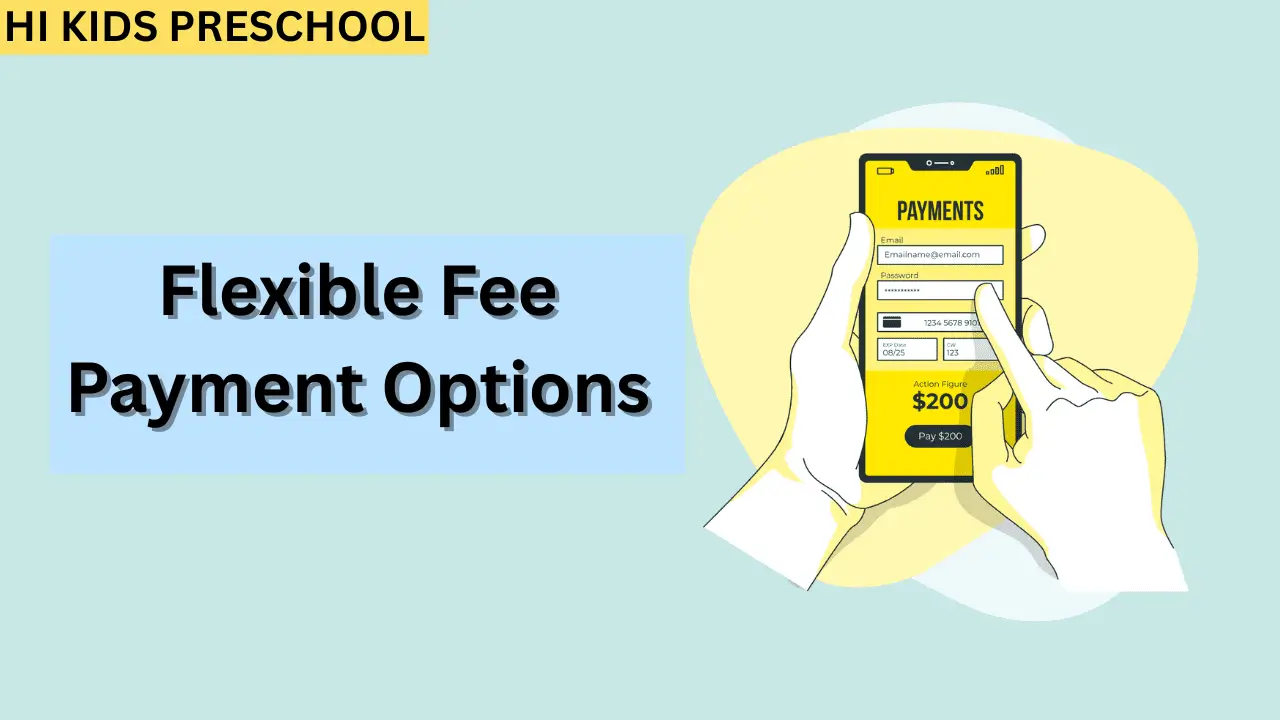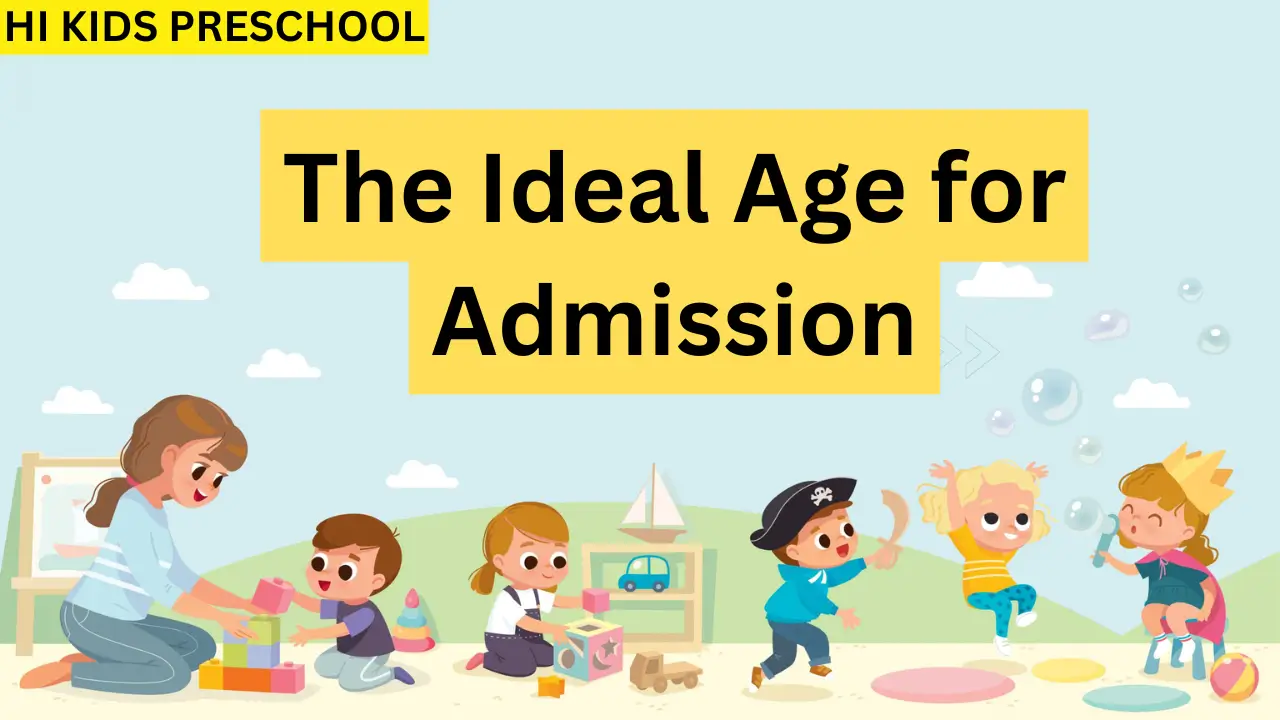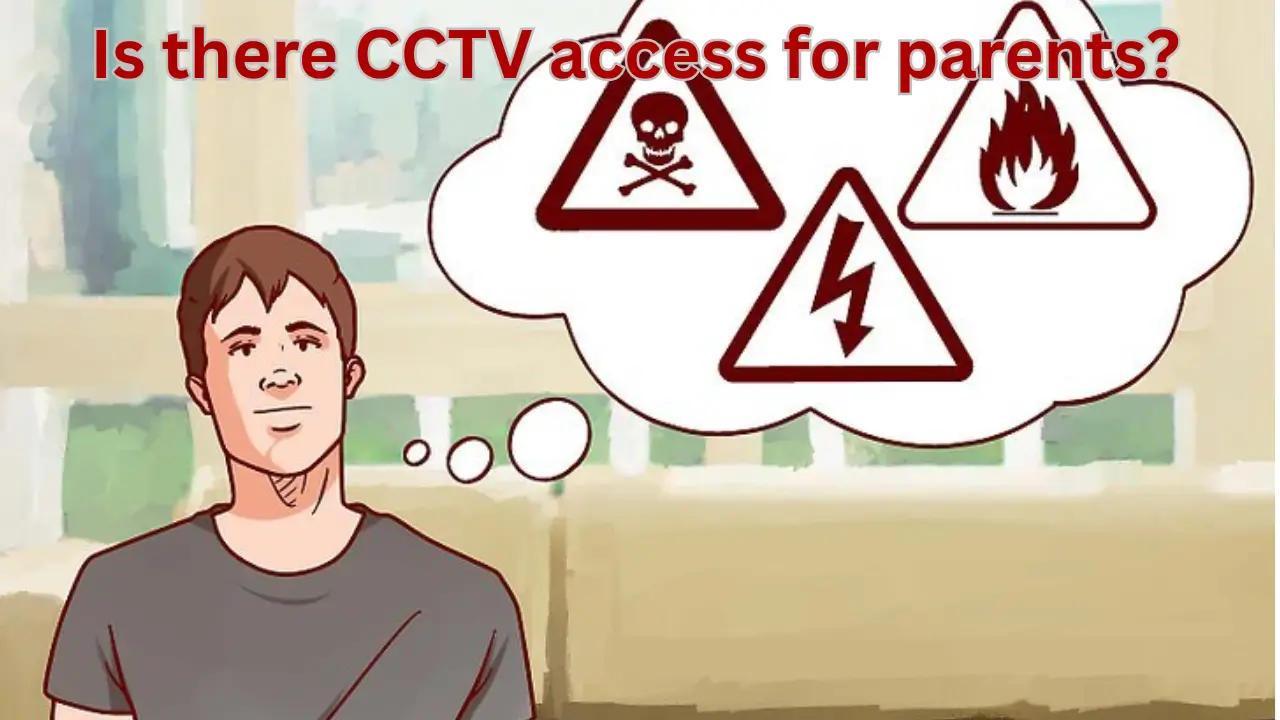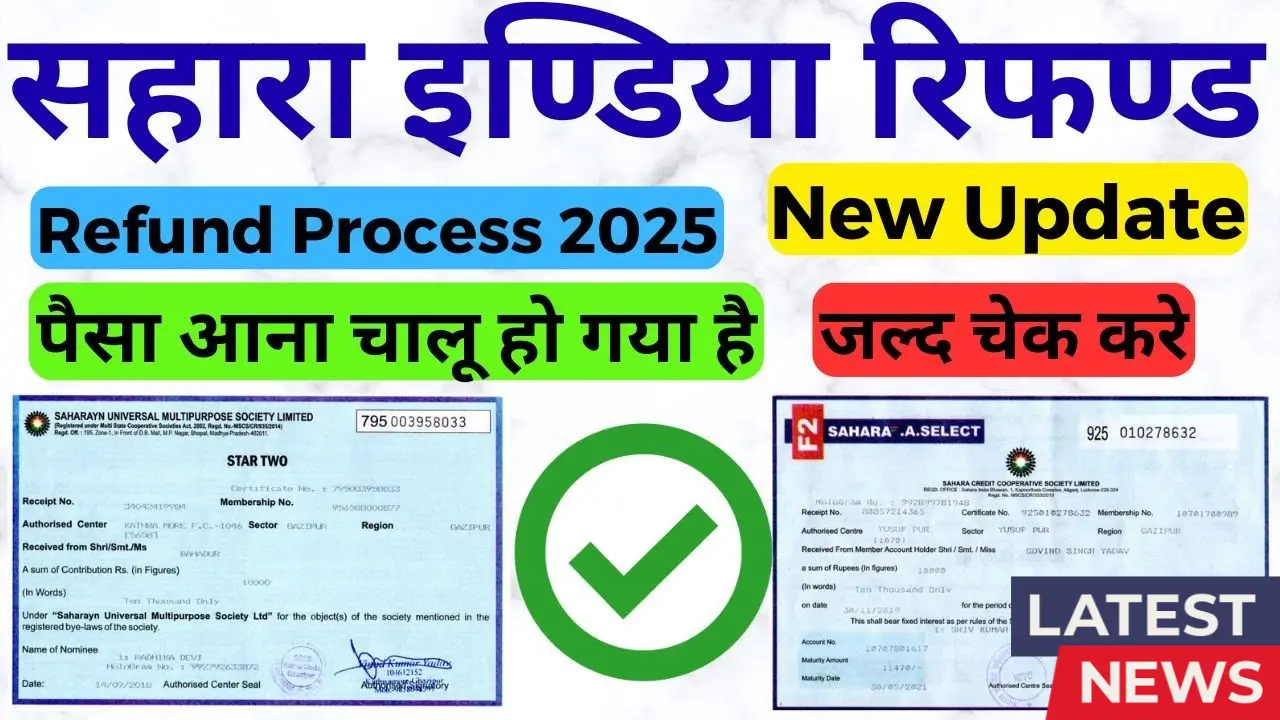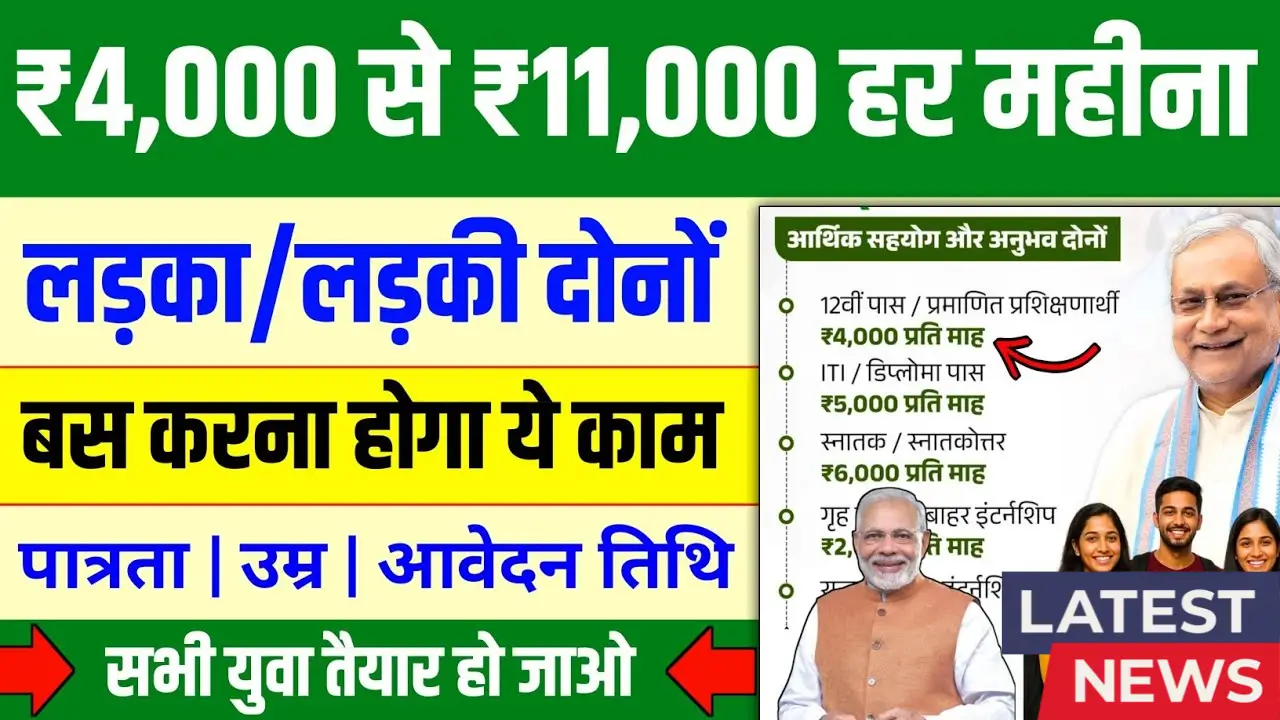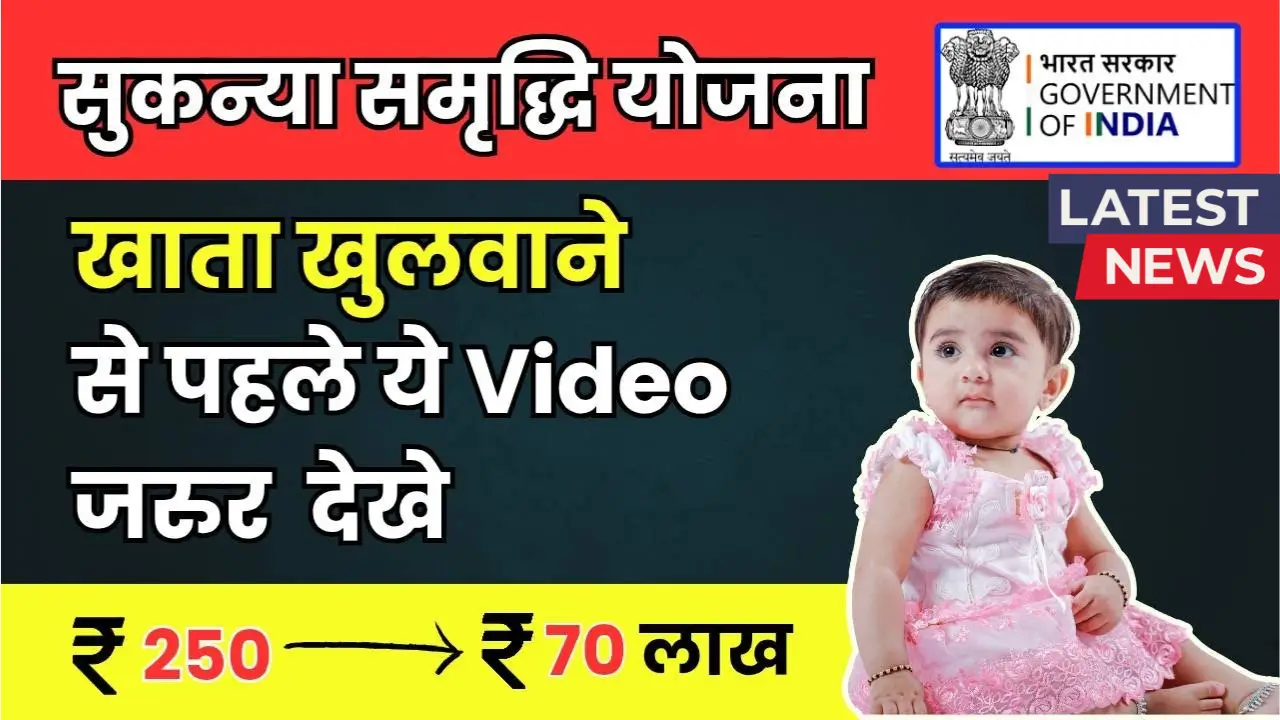In the modern education system, a key debate often arises—should students learn only through practical hands-on experiences or should they also be given structured activity-based worksheets for better understanding? Both methods have unique benefits, and a balanced approach often works best.
What is Practical Learning?
Practical learning focuses on hands-on experience where children “learn by doing.”
- Example: Science experiments, role play, coding projects, gardening.
- Focus: Real-world application, skill-building, and observation.
- Outcome: Helps children connect theory with practice quickly.
What are Activity-Based Worksheets?
Activity-based worksheets are learning tools designed with puzzles, exercises, and tasks that make students active participants in study.
- Example: Word puzzles, match-the-column, problem-solving sets.
- Focus: Encourages critical thinking, writing, and recall.
- Outcome: Strengthens memory through repetition and creativity.
Key Differences
| Aspect | Practical Learning | Activity-Based Worksheets |
|---|---|---|
| Approach | Hands-on, real-world tasks | Paper/visual tasks (puzzles, questions) |
| Engagement | High physical + mental activity | Cognitive and written engagement |
| Skills | Problem-solving, application, teamwork | Recall, creativity, writing, logical thinking |
| Tools Needed | Lab equipment, real objects, digital tools | Printed worksheets, pens, crayons, charts |
| Outcome | Builds confidence, real-life adaptability | Builds accuracy, attention, memory power |
Why Both Are Important Together
Education experts suggest that both methods balance each other.
- Practical learning develops skills and confidence.
- Worksheets strengthen concept and revision.
- Students grasp theories through worksheets and test them practically.
Benefits of Activity-Based Worksheets
- Encourage short-term memory to shift into long-term learning.
- Keep children engaged without boredom.
- Allow teachers to assess understanding individually.
- Provide structured practice for exams and tests.
Benefits of Practical Learning
- Boosts self-confidence and interest in study.
- Builds teamwork through projects and group activities.
- Develops problem-solving skills and adaptability.
- Generates curiosity and innovation in young minds.
Latest Trends in Teaching (2025 Update)
- Blended Learning Models: Schools now mix worksheets, practicals, and digital apps.
- Gamified Worksheets: Fun quizzes, QR-code-based worksheets are trending.
- STEM Labs in Schools: Practical kits for science, coding, and robotics made compulsory in many institutions.
- NEP 2020 Implementation: As per the National Education Policy, more emphasis is on activity-based and experiential learning.
- Parental Involvement: Home worksheets now combine with DIY activities so children learn both at school and home.
When Worksheets Work Best
- During early classes (KG to 5th) where writing practice is essential.
- Before exams as revision tools.
- For subjects like Maths, Grammar, Language Learning.
- For slow learners who need repeated practice.
When Practical Learning Works Best
- At higher classes (6th onward) where real-life applications must be shown.
- For subjects like Science, Computer, Social Studies (role-play).
- Technical fields like engineering, coding, robotics.
- For building life skills: cooking basics, first aid, financial literacy.
Balanced Teaching Approach
The most effective system uses both approaches strategically:
- Start with ** worksheets** to introduce or revise theory.
- Follow up with practical activities for application.
- End with combined reports/projects for deeper understanding.
Conclusion
Education today cannot rely only on worksheets or only on practical learning. A balanced approach ensures children gain both strong theoretical knowledge and real-world skills. Worksheets strengthen concepts, while practical activities develop confidence and application abilities. Together, they create a complete learning experience for the child.
